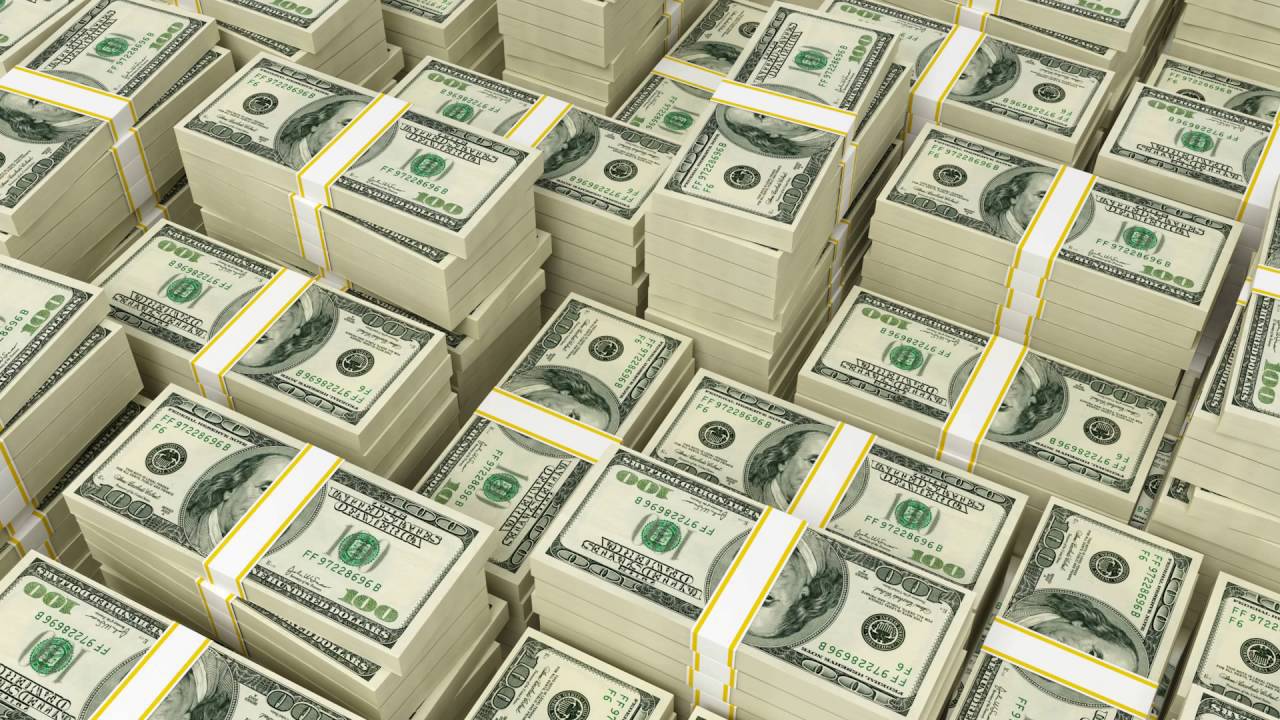Nigeria’s external reserve has dropped to $45 billion the lowest since March 21, 2018, when it was $45.3 billion.
According to findings by National Daily, the external reserve has nosedived since it hit a multi-year peak of about $47.8 billion at the end of June 2018, representing a decline of about $2.5 billion within a space of two months.
Foreign investors are also scaling back on investing in emerging markets as fear of a contagion grips foreign investors. The exit of foreign investor flows is connected to anti free trade rhetoric’s of US President, Donald Trump and the increase in US Fed rates.
National Daily also gathered that Nigeria’s capital importation for the second quarter of 2018 was $5.51 billion, representing a 12.53% decline from the last quarter – Q1 2018.
Foreign Portfolio Investment (FPI) which slumped from $4.56 billion in the first quarter of 2018 to $4.11 billion in the second quarter was the major reason for the fall in Nigeria’s capital inflow.
These outflows have put pressure on the CBN to defend the naira, allowing for more intervention in the Investor Exporter window.
Nigeria’s external reserve was earlier in the year boosted by foreign denominated bonds. With no new issuance, it appears reliance on crude oil sales alone is not enough to cover for dollar demand.
Considering the currency depreciation against the dollar by most emerging market currencies like Ghana and South Africa, it is likely that the CBN may have to keep depleting the reserves to avoid a depreciation of the naira.
Nigeria’s external reserve is critical to defending the recent exchange rate stability of N360/$1.
However, as the external reserves continue to approach $40 billion there is risk that the CBN may allow the dollar to depreciate further at the interbank.
The election campaign season is also close so there might be further pressure on the black market that could further depreciate the naira further against the dollar.

 Football2 days ago
Football2 days ago
 Business1 week ago
Business1 week ago
 Business1 week ago
Business1 week ago
 Education1 week ago
Education1 week ago
 Crime1 week ago
Crime1 week ago
 Covid-191 week ago
Covid-191 week ago
 Latest6 days ago
Latest6 days ago
 Business1 week ago
Business1 week ago

